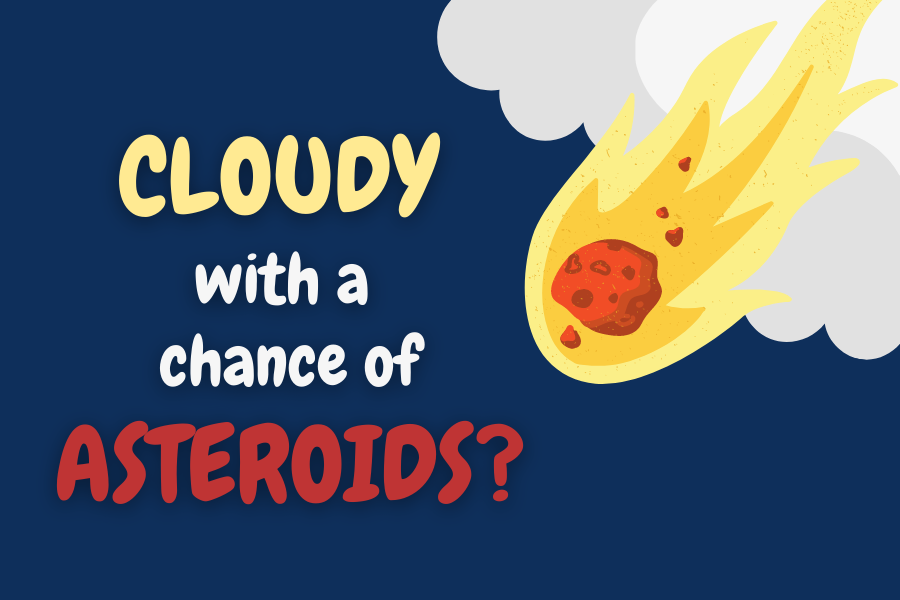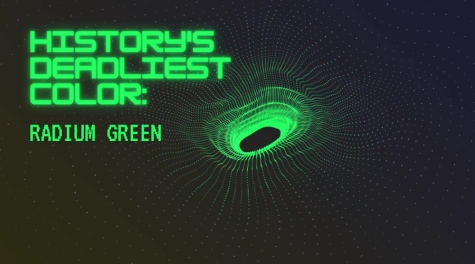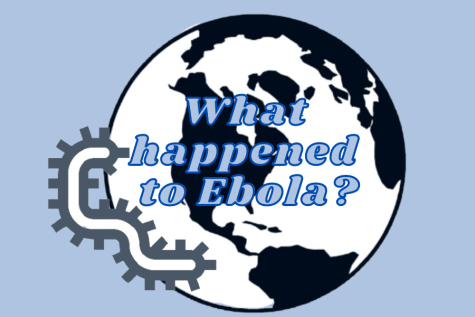Cloudy With A Chance of Asteroids?
On April 12, 2021, an asteroid as large as a car barely missed colliding with Earth — when it flew by, it was only twelve thousand miles away and traveling at 18,700 miles per hour. Then, on June 1, another that was 600 feet long passed from 4.5 million miles away. It may seem surprising that these events did not make was not front-page news, given that we’ve all heard about how an asteroid wiped out all the dinosaurs many millions of years ago. So, why aren’t asteroids passing so close to our planet a considerable problem?
Should we be concerned about asteroids crashing into Earth?
Asteroids (which are defined as fragments of rock remaining from when the solar system was formed) hit Earth about once a year. However, asteroids smaller than 25 meters usually burn up as they enter the atmosphere, and don’t pose any risk to the population. NASA has estimated that to cause worldwide effects from impact, an asteroid would have to be over half a mile long. Scientists have recorded over 25 thousand comets and asteroids to date, but none of them have been dangerous. The object that came as close as 12 thousand miles on April 12 was relatively rare, but it was still completely safe and scientists were not worried about any negative consequences. The biggest threat at the moment is an asteroid that has a smaller than 0.2% chance of striking the Earth in 2185.
So how do scientists prepare for the small chance of an asteroid on course to hit Earth?
Scientists come together every other year as a part of the International Academy of Astronautics Planetary Defense Conference to examine an imaginary asteroid threat. They essentially go through all of the steps they would for a legitimate threat to practice and gain experience. This year, the conference was held from April 26 to April 28 and discussed a scenario six months in the future. The fictional rock ended up being 340 feet and “landed” in a forest in Europe. These experts use many strategies, but the most important thing planetary defense experts need to prevent danger from asteroids is information. They find as many objects as possible, record the orbits of these objects as closely as they can, and try to figure out their exact size. If an asteroid were calculated to be on course for a collision, there are a few options for protecting our planet. The first is to throw it off course by hitting it with something heavy, and another would be to use a nuclear device and vaporize the object. However, both of these would not have enough time to work in the short term. Because of this, the biggest weakness in our asteroid defense systems is limited time. An additional method that is still being developed is the “gravity tractor,” which would use a spacecraft to change an asteroid’s path with mutual gravitation from a satellite.
In conclusion, although people shouldn’t fear asteroids, it is better to be safe than sorry. If a dangerous situation does arise, we will be thoroughly prepared with technology and information.
Works Cited
Bartels, Meghan. “How did you spend your week? NASA pretended to crash an asteroid into Earth.” Space.com, www.space.com/planetary-defense-asteroid-impact-scenario-exercise-2021.
Kochi, Sudiksha. “‘Potentially hazardous’? An asteroid the size of the Space Needle will pass near the Earth on Tuesday.” USA Today, www.usatoday.com/story/news/nation/2021/05/31/nasa-warns-asteroid-expecting-pass-earth-june-1/5281064001/.
Lewis, Sophie. “Seven asteroids are zooming past Earth this week — and one is the size of a skyscraper.” CBS, www.cbsnews.com/news/asteroids-seven-near-earth-june-2021/.
Mendoza, Jordan. “Asteroid the size of a car came ‘exceptionally close’ to hitting Earth.” USA Today, www.usatoday.com/story/news/world/2021/04/13/asteroid-came-close-to-hitting-earth-monday/7204230002/.












